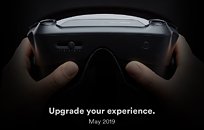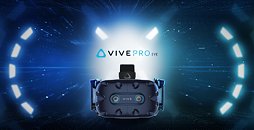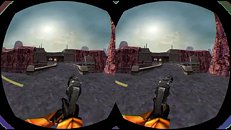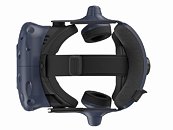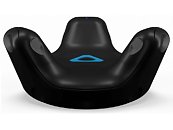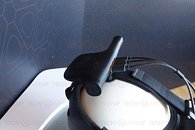
Upcoming HTC Vive Flow VR Headset Leaks Ahead of Launch
HTC is said to be launching a new VR headset within the next couple days and thanks to @evleaks we now have a pretty good idea as to what to expect. Although we don't know the actual hardware specifications, it's supposed to be a stand-alone headset that doesn't require a PC to work, although the massive leak that appears to be presentation slides, does give away quite a lot of details.
For starters, there are details explaining that the Vive Flow as the new headset is called, can be paired over Bluetooth with smartphones and you can use the phone as a controller. It'll also be possible to stream content to the Vive Flow via Miracast from smartphones and possibly also other sources. The headset appears to be powered via a USB-C cable, although the pictures are ambiguous, as the Vive Flow is sometimes wired to a phone, but most of the time it doesn't appear to be connected to anything, not even a power source.
For starters, there are details explaining that the Vive Flow as the new headset is called, can be paired over Bluetooth with smartphones and you can use the phone as a controller. It'll also be possible to stream content to the Vive Flow via Miracast from smartphones and possibly also other sources. The headset appears to be powered via a USB-C cable, although the pictures are ambiguous, as the Vive Flow is sometimes wired to a phone, but most of the time it doesn't appear to be connected to anything, not even a power source.




















